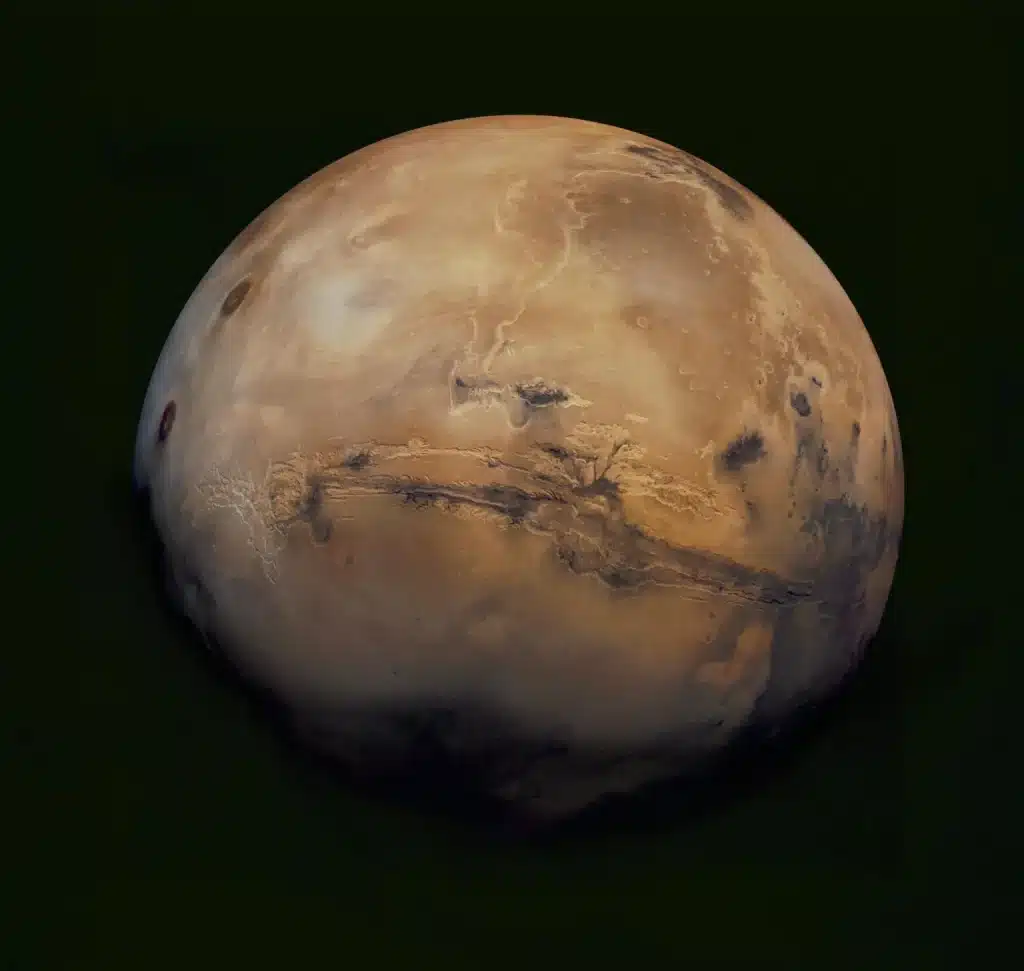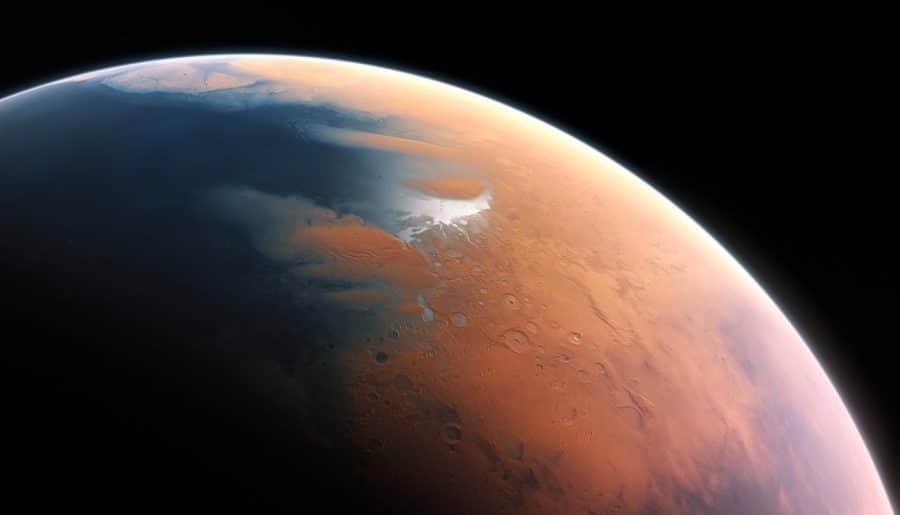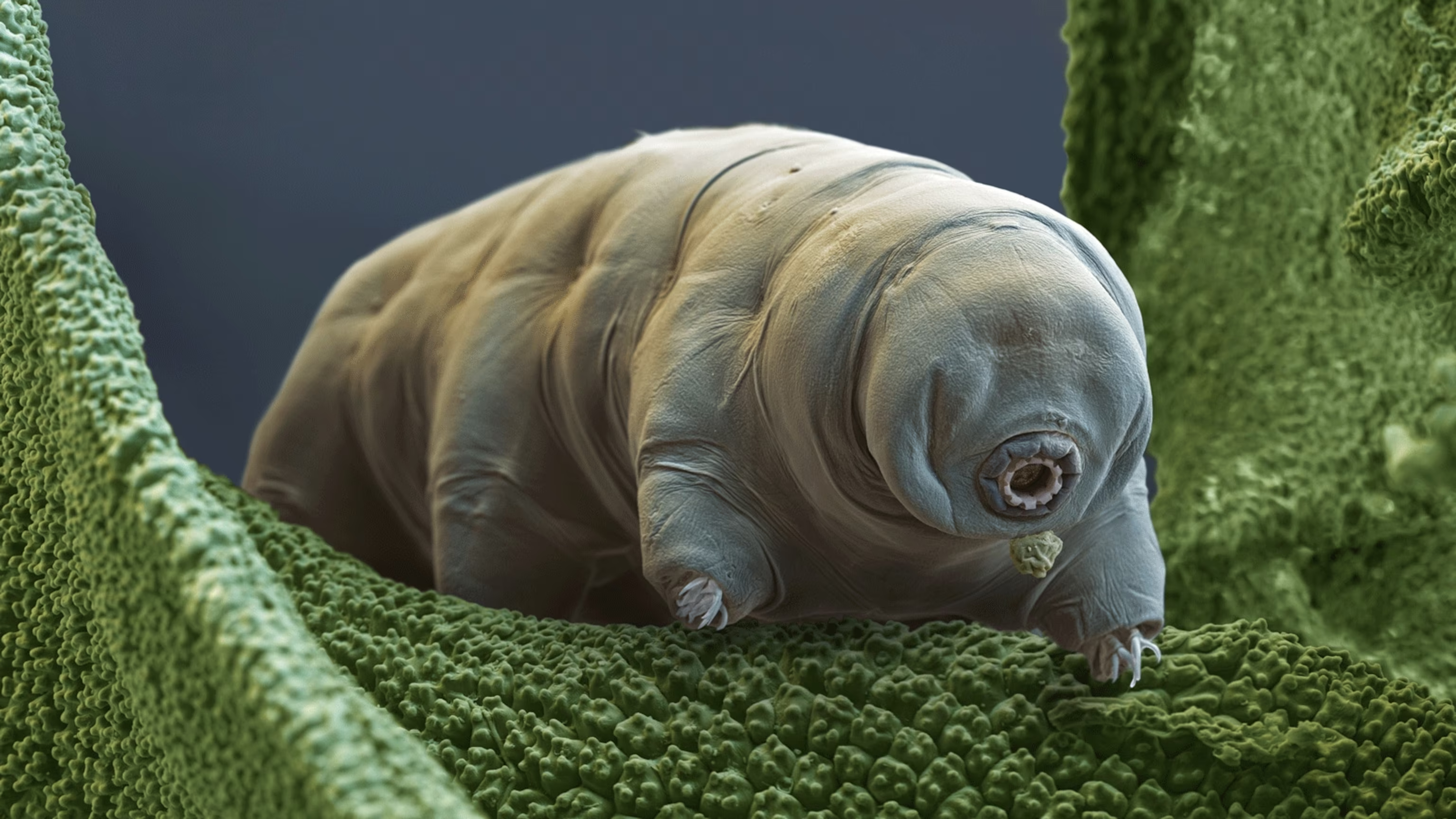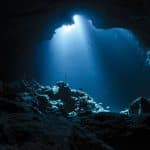For many years, scientists have been exploring Mars and whether it ever had water. So, they’ve sent rovers and satellites to study the planet’s surface and gather information.
In the past, scientists found signs like valley networks and rocks that suggest Mars had rivers. However, it was still unclear if Mars ever had oceans.

Recently, scientists have discovered more evidence that water exists on Mars in different forms, such as liquid water, ice, and frozen water. In September 2020, researchers found big lakes of salty water hiding under ice in the southern part of Mars.
But did you know that China’s Zhurong rover recently made another unprecedented find? They uncovered a shoreline buried deep underground, indicating that Mars may have had sandy beaches and a large ocean in the past.
Researchers think that Mars might have had a warmer and wetter climate for millions of years longer than scientists used to think. This supports the idea that Mars may have had conditions suitable for life, with an ocean covering about one-third of the planet.
Now, you may be thinking, “How did they find it?”
Scientists analyzed images and data collected below the surface by the Zhurong rover. This rover was launched on July 23, 2020, and landed on Mars on May 14, 2021, as part of China’s Tianwen-1 mission, which included an orbiter.

The rover was sent to Utopia Planitia, where scientists had already identified old shorelines from satellite pictures. The goal was to look for signs of ancient water.
When the Zhurong rover landed, it traveled across the ridges of Utopia Planitia and collected data from about 260 feet (or 80 meters) below the surface. It found structures that looked like layered beaches on Earth, sloping at an angle, and the particles looked like grains of sand.
A science professor, Michael Manga, explained that these formations did not look like sand dunes, impact craters, or lava flows. This made the scientists think they might have found signs of old oceans. They think they discovered “foreshore deposits” formed over millions of years by tides and waves.
Foreshore deposits are materials like sand, gravel, and pebbles found on the land area right next to a beach. This area is called the foreshore, where the land meets the ocean or a lake.

When waves crash onto the shore, they can carry small pieces of rocks, shells, and sand. Some of this material gets washed up onto the beach and stays there, forming deposits.
The data from Zhurong suggest that the ocean, named Deuteronilus, existed around 3.5 to 4 billion years ago. At that time, Mars had a thicker atmosphere and a warmer climate.
According to geology professor Benjamin Cardenas, they also found signs of wind, waves, and plenty of sand—similar to beaches on Earth. They said the features they found under Mars resembled those on Earth’s shorelines.
Imagine visiting a beach on Mars!
The team also explained that rivers possibly brought sediment into the oceans, which were shaped by waves into beaches. NASA’s Perseverance rover has also shown how water changed Mars’ landscape.
After the ocean dried up, volcanic eruptions and dust storms likely covered the beaches, which helped protect the ancient shorelines.

While studying, scientists discovered that this Martian beach might have shifted over time. The features they looked at show that the beach stretched into the ocean for at least 1.3 kilometers. Cardenas mentioned that these findings suggest that waves, tides, and a nearby river influenced the area for a long time.
The team considered other reasons for the tilted features but concluded that volcanic activity, rivers, and sand dunes didn’t match the evidence. Cardenas pointed out that even if Mars had sandy shores, it would have looked very different from Earth’s beaches, with no palm trees or birds and likely much colder.
The researchers now want to learn more about how high the waves were, how long the ocean lasted, and if it could have been a good place for life.







